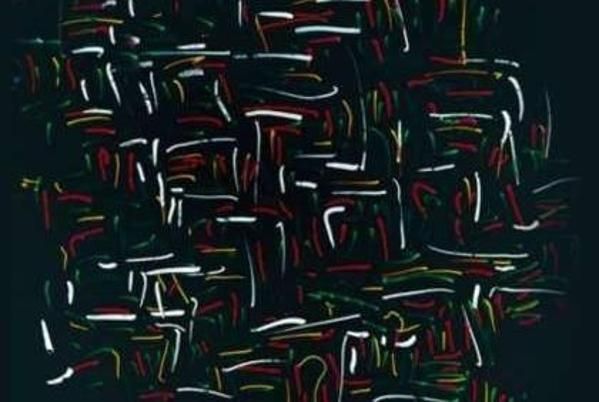Ion Signaling and Disease in Excitable Membranes Laboratory


Instituto Biofisika
Lejona, EspañaPublicacions en col·laboració amb investigadors/es de Instituto Biofisika (14)
2024
-
Fluorometric Measurement of Calmodulin-Dependent Peptide–Protein Interactions Using Dansylated Calmodulin
Bio-protocol, Vol. 14, Núm. 7
-
Identification of Riluzole derivatives as novel calmodulin inhibitors with neuroprotective activity by a joint synthesis, biosensor, and computational guided strategy
Biomedicine and Pharmacotherapy, Vol. 174
-
MLe-KCNQ2: An Artificial Intelligence Model for the Prognosis of Missense KCNQ2 Gene Variants
International Journal of Molecular Sciences, Vol. 25, Núm. 5
2023
-
Molecular dynamics simulations of the calmodulin-induced α-helix in the SK2 calcium-gated potassium ion channel
Journal of Biological Chemistry, Vol. 299, Núm. 2
-
Redox regulation of KV7 channels through EF3 hand of calmodulin
eLife, Vol. 12
2021
-
An epilepsy-causing mutation leads to co-translational misfolding of the Kv7.2 channel
BMC Biology, Vol. 19, Núm. 1
-
Do calmodulin binding IQ motifs have built-in capping domains?
Protein Science, Vol. 30, Núm. 10, pp. 2029-2041
2018
-
Calmodulin: A multitasking protein in Kv7.2 potassium channel functions
Biomolecules, Vol. 8, Núm. 3
-
Lack of correlation between surface expression and currents in epileptogenic ab-calmodulin binding domain kv7.2 potassium channel mutants
Channels, Vol. 12, Núm. 1, pp. 299-310
2017
-
Calmodulin confers calcium sensitivity to the stability of the distal intracellular assembly domain of Kv7.2 channels
Scientific Reports, Vol. 7, Núm. 1
-
Differential regulation of pi(4,5)p2 sensitivity of kv7.2 and kv7.3 channels by calmodulin
Frontiers in Molecular Neuroscience, Vol. 10
2015
-
Uncoupling PIP2-calmodulin regulation of Kv7.2 channels by an assembly destabilizing epileptogenic mutation
Journal of Cell Science, Vol. 128, Núm. 21, pp. 4014-4023
2011
-
Kv7 channels can function without constitutive calmodulin tethering
PLoS ONE, Vol. 6, Núm. 9
2008
-
A novel KCNQ4 pore-region mutation (p.G296S) causes deafness by impairing cell-surface channel expression
Human Genetics, Vol. 123, Núm. 1, pp. 41-53

